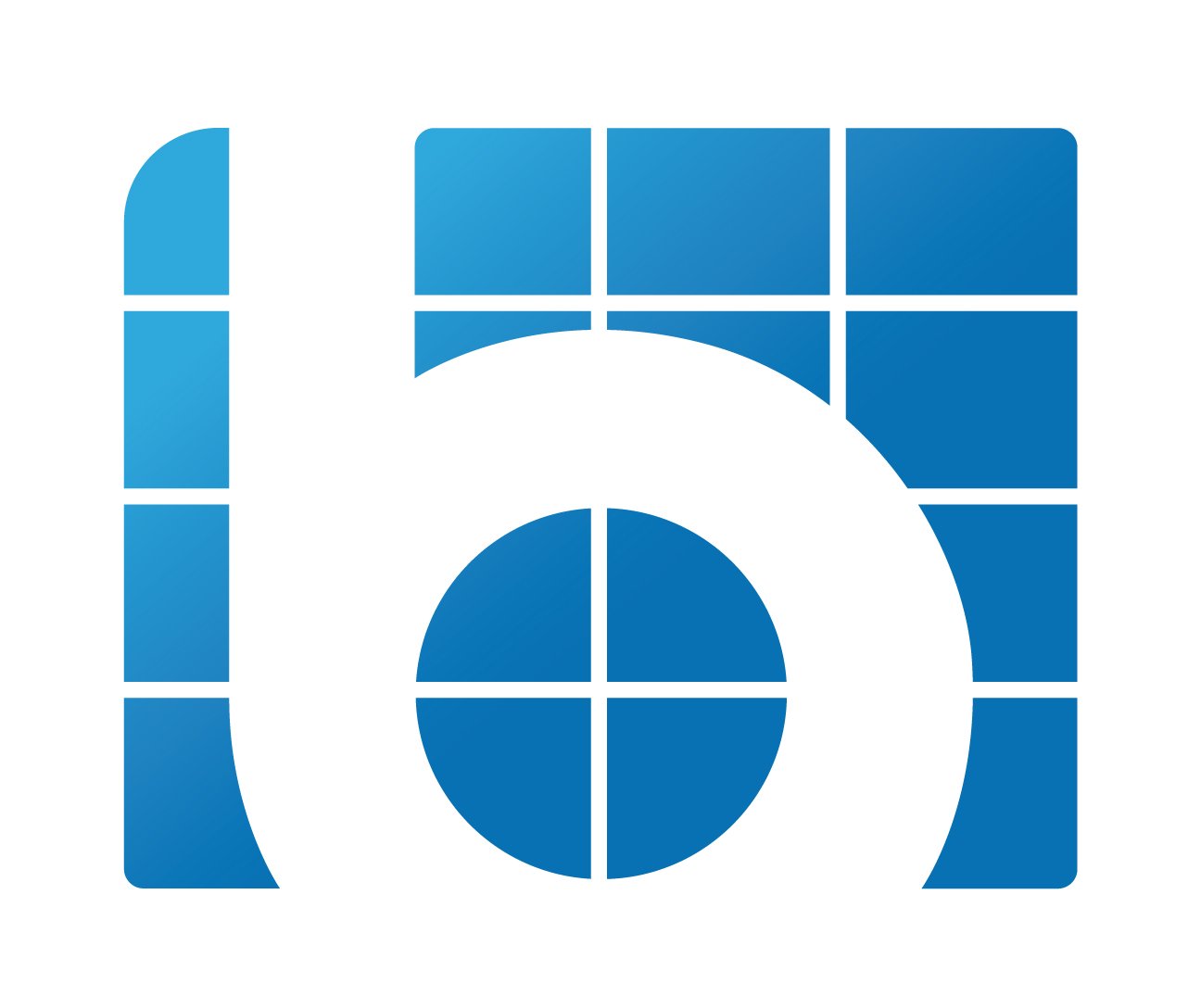
If you have decided that an extremity MRI is right for you, it's clear that you're ready to affordably expand your facility's capabilities, reallocate your workload, and, ultimately, break through the "time ceiling". Now the question becomes: "Which extremity magnet is right for me?"
The 3 Types
To begin making your selection you must know the 3 general types of extremity MRIs that are available:
- High-field superconductive
- Low-field permanent
- Low-field permanent with limited shoulder capability
Pros for all types:
- They all have small footprints
- They will all give you good images for extremity scanning
- They will all cost less than a new standard MRI
Cons for all types:
- They only scan extremities
- You cannot image limbs that are larger than the bore (i.e. the limbs of severely obese patients)
Now that you have a general picture of extremity MRI, let's break it down further and take a look at each type on its own.
High-Field Superconductive
Example: ONI 1.0T Extremity MRI
 These come in 1.0T and 1.5T flavors. Both are hard to get on the secondary market, but 1.5T versions are especially rare at this point. The decision on 1.0 vs 1.5 may simply come down to availability, but both approach the image quality level of standard magnets.
These come in 1.0T and 1.5T flavors. Both are hard to get on the secondary market, but 1.5T versions are especially rare at this point. The decision on 1.0 vs 1.5 may simply come down to availability, but both approach the image quality level of standard magnets.
Pros:
- The best images available for extremity magnets
- No significant drop off of image quality from your standard full size MRI
- Unlikely to be removed from insurance reimbursement lists anytime soon.
Cons:
- Cannot image shoulders
- Uses cryogens (small amounts compared to standard magnets) so service costs are greater
Low-Field Permanent
Example: Esaote 0.2T C-Scan Extremity MRI

Not all insurers will reimburse a scan on a 0.2T magnet, but the low cost and small footprint of these magnets make it a way to free up your site's primary MRI for a higher volume of "big-ticket" studies while still serving patients that only need an arm or leg scan.
Pros:
- Lowest cost
Cons:
- Cannot image shoulders
- .2T is a significant drop-off in image quality from standard full-size MRI
- Some insurers will not reimburse for scanning on a .2
Low-Field Permanent with Limited Shoulder Capability
Example: Esaote 0.2T E-Scan XQ Extremity MRI

All the time and space-saving benefits of low-field permanent magnets, plus some of the shoulder scanning capabilities of standard magnets.
Pros:
- Can image shoulders
- Relatively low price point
Cons:
- Similar image quality drop-off to the C-Scan
- Similar insurance concerns to the C-Scan
Hopefully, you feel more prepared to make a great extremity MRI pick now than you did at the beginning of this article. And whether you're ready to talk brass tacks about your upcoming purchase or if you'd still like to learn more, we can help you. Contact us for more system specs, price quotes, or service options.

Block Imaging
Thank you for reading our blog! This is just one of hundreds of pieces of content on imaging equipment, sales, parts, and service. To learn even more, check out our other articles or the eguides and videos in our learning center.





